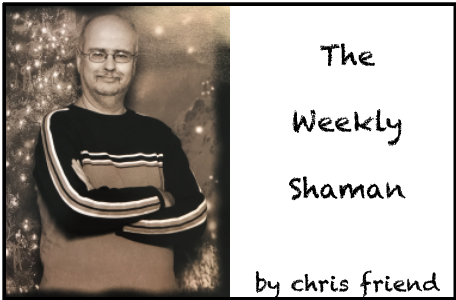Well, hi everybody! Looking forward to the return of spring. Bitter cold and darkness has really brought me down and I’m eager for warm weather. Many people don’t realize that our modern Christian holiday of Easter derives its name from Ostara, an ancient Scandinavian holiday honoring the return of spring.
The fairies and spirits most connected to spring were believed to return from the Underworld and bless the land with their magic. Various deities connected to spring were also thought to help return nature back to her former glory. Around May Day (Beltane) the forces of winter and darkness were also believed to return to the Underworld until the return of winter.
The proverbial Easter Bunny is likely connected to the spirit of Ostara, who was described as a goddess with the head of a rabbit. She is sometimes depicted with a basket of colored eggs. Rabbits have a clear association with the return of spring and are connected to both witches and fairies, notably when they dance and kick like the activities of magical beings. Spotting a rabbit during the night was seen as an ill omen.
As was often done, the sacred figures of the old religion became the devils of the new. The Medieval church declared rabbits one of the forms that witches and fairies might take. Even in recent memory I have heard of someone shooting a rabbit and hearing of the local witch having exactly the same wounds the very next day.
Rabbits also have a certain connection to the moon and the Underworld. One reason for this connection is the rabbit-shaped patterns on the lunar service, as well as the moon residing in the Underworld by day. The rabbit is one of the forms that the crone fairy Black Annis takes during her nighttime jaunts. The belief in the lucky rabbit’s foot may have originated among those practicing New Orleans hoodoo. In old time Europe the rabbit is also associated with the corn spirit.
Last Halloween I caught the perennial cult classic, The Black Cat, (1934) on TCM. This one stands apart for me because of its weird plot and wonderful sets. It even has a “Rocky Horror” sub-plot of a young couple stranded in the house of a “bunch of rich weirdos.” The plot concerns a World War I veteran (Bela Lugosi) traveling across Europe to wreak vengeance on an old enemy (Boris Karloff) who has become the high priest in a devil-worshipping cult. Karloff lives in a vast futuristic fortress built over a mass grave of dead soldiers killed in the previous war. He keeps his dead wives in a state of perfection, suggesting an element of necrophilia. At one point Karloff’s warlock throws a surreal black mass. Since The Black Cat is pre-Hay’s Code, the filmmakers got away with a considerably amount of controversial material. The end shows Lugosi flaying Karloff alive—pretty graphic for 1934, despite being done in shadow.
Happy Easter, Earthlings. To life!

